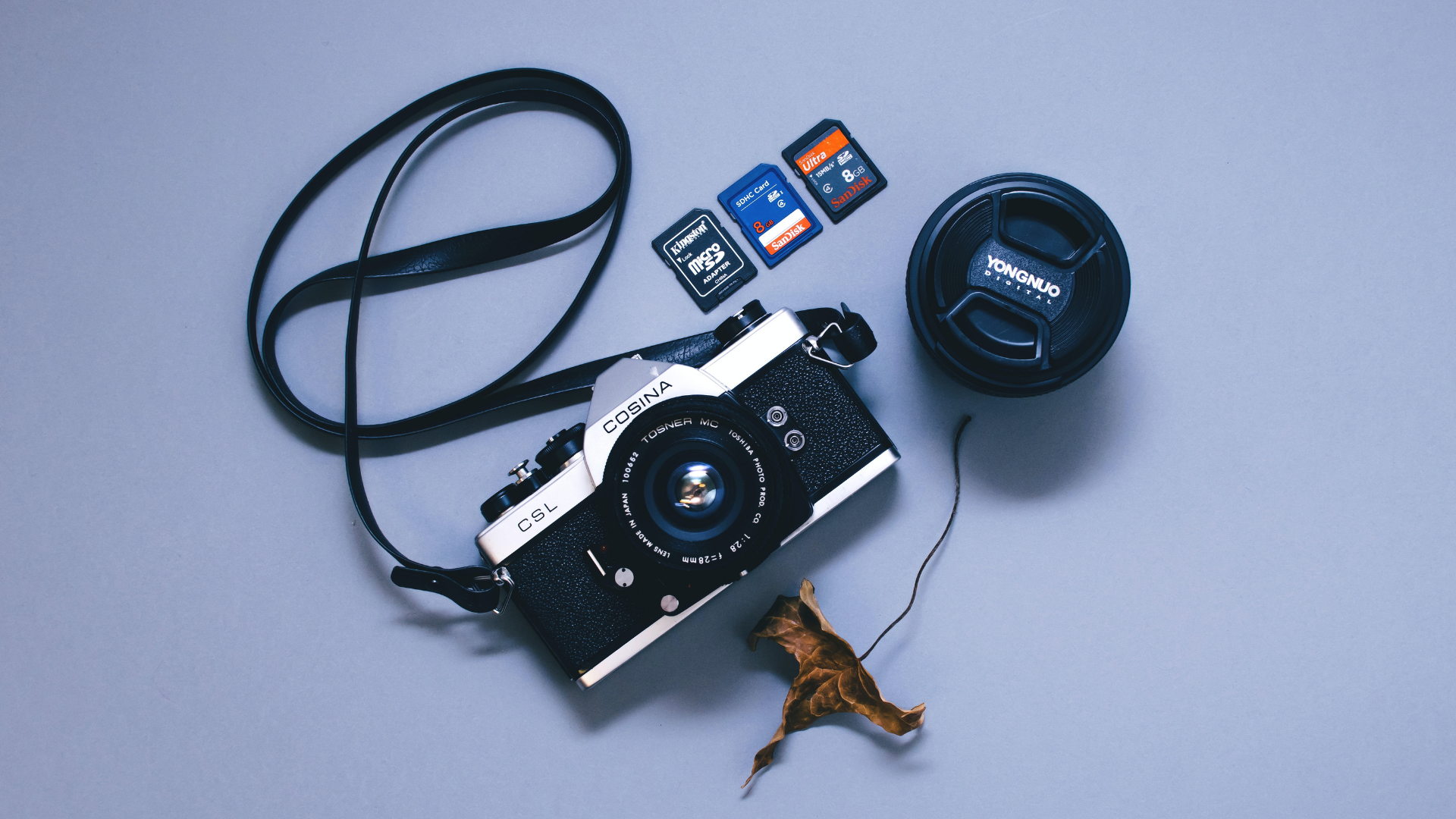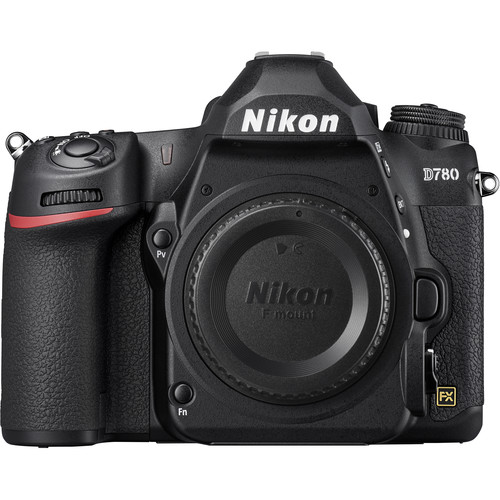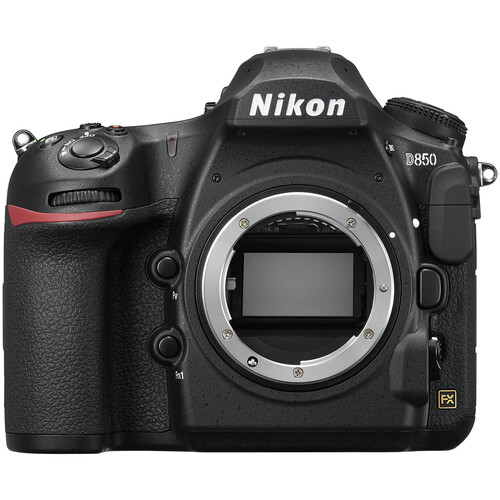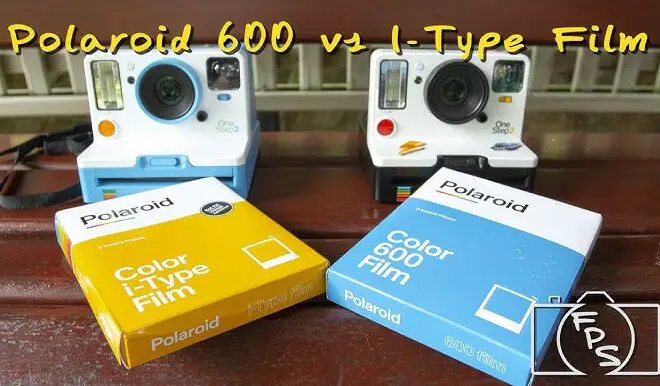
Nikon D780 vs. D850: A Closer Look at Two Flagship Cameras?
As an Amazon Associate, I earn from qualifying purchases.
Nikon has produced some of the best cameras throughout the year. Their attention to detail has allowed them to come this far with camera technology and still hold quite a large market share.
While the Nikon D780 is an all-purpose camera, the Nikon D850 is geared toward professionals offering more advanced features for any type of composition. The Nikon D780 is touted as one of the best DSLR cameras in the world of mirrorless cameras.
Both Cameras are from Nikon’s Flagship lineup and this article will go through the different aspects and technical specifications of these two cameras to determine a winner from Nikon d780 vs d850.
Nikon D780 vs. D850: Quick comparison chart
Some key differences between Nikon D780 vs D850:
| Feature | Nikon D780 | Nikon D850 |
| Sensor | FF 25 MP BSI-CMOS | FF 46 MP BSI-CMOS |
| Lens Mount | Nikon F-mount | Nikon F-mount |
| ISO Range | 100-51200 (Expanded: 50-204800) | 64-25600 (Expanded: 32-102400) |
| Weather Sealing | Yes | Yes |
| Burst Shots | 7 FPS | 7 FPS |
| Storage | Dual card slot (UHS-II Supported) | Dual card slot (UHS-II Supported) |
| Focus Points | 51 | 153 |
| Weight | 840 g | 1015 g |
| Battery life | 2260 shots per charge | 1840 shots per charge |
| Video | 4K 10-bit HDMI Output | 4K 8-bit HDMI Output |
| Image Size | 6048 X 4024 | 8256 X 5504 |
| Price | $2196 | $2796 |
| Buying link | Nikon D780 | Nikon D850 |
| Release date | January 07, 2020 | August 24, 2017 |
A Comprehensive Comparison of Nikon D780 vs. D850 Cameras:
The Nikon D780 and the Nikon D850 are both very capable cameras in the hands of professional as well as amateur photographers. But there is a distinction between the cameras.
The Nikon D780 is a general-purpose camera. It is a blend of everything from photography to videography and the camera was built with the utmost functionality in mind. In short, a camera does everything great.
On the other hand, The Nikon D850 comes with more advanced features such as higher resolution and bigger image size so that the images can be printed or cropped without loss. This camera is more geared toward professional photographers who need that extra bit of juice.
Similarities between The Two Cameras:
- Professional Grade Cameras.
- Tilting LCD Display.
- Weather Sealed Bodies.
- No In-Built Image Stabilization.
- 7 Frames Per Second Continuous Shooting.
Now, let’s talk about the differences between the cameras and see where each camera stands.
Price:
Flagship products that are supposed to provide top-notch performance come at a substantial expense. These two cameras are also on the higher end of the price spectrum.
The Sony D850 comes at a retail price of $2796. This one is the more expensive of the two cameras, nevertheless, it is still significantly cheaper than many other high-end professional cameras on the market. It is a really good value for money.
The Nikon D780 also doesn’t come cheap. It is priced at $2196 which makes it a bit more affordable and leaves some of the budgets on other necessary parts such as a lens, a spare battery, etc.
Both the cameras will break the bank with their $2000+ price, but the Nikon D780 here is the cheaper camera so it takes a lead on price.
Build Quality & Design:
The Nikon D780 and the Nikon D850 are built with metal. Both cameras are weather sealed and have a sturdy build. These cameras are well suited for photography in mild rain and dust.
Let’s take a look at the two cameras.


In terms of build and design, these two are very much alike. Both cameras have similar button layouts.
A major difference between the two is that the Nikon D850 has two function buttons to manually assign frequently used settings. The D780 doesn’t have this.
Here is another photo of the two cameras.

The Nikon D780 has a compact design to easily carry around and use. This camera is a great companion for tour vloggers and wedding photographers who are constantly on the run.
The Nikon D850 on the other hand has a more substantial size. It is larger and more robust than the D780. The D850 also features a larger grip for more comfort.
Another point of difference is that the D850 comes with a battery grip option but the D780 does not.
Even though these cameras have almost identical designs, the Nikon D850 gets a point here because it has a better design and button layout.
Resolution:
Performance wise the Nikon D850 far surpasses the D780. In contrast to D780’s 25 MP sensor, the Nikon D850 has a sweet 46 MP sensor.
This difference in pixel density and image size makes a world of difference. Having that higher resolution allows the D850 to capture images that can be printed or cropped without losing detail.
This means that for any professional work, the Nikon D850 will do a better job than the D780.
AF Points and AF Performance:
The Nikon D780 has 51 autofocus points while the D850 has 153 focus points with 15 and 99 cross-type points respectively. The autofocus systems used in the cameras are also different.
The Nikon D780 has the Multi-CAM 3500FX II and the D850 offers the far better Multi-CAM 20K AF sensor. The D850 system is a dedicated autofocus engine that focuses better even in dim lighting conditions.
Battery Life:
The Nikon D780 beats the D850 in terms of how long a user can take photos with these cameras. This is due to the higher-resolution images that need to be processed by the D850.
The Nikon D780 will last for around 2260 shots on a single charge. But without the addition of a battery grip, it needs to be recharged once the battery runs out.
The Nikon D850 can take 1840 shots on a single charge. This number can be greatly increased by adding an extra battery via a battery grip. So that is a great option to consider when taking a look at battery life.
Although the Nikon D780 can take more shots per charge, the option to have a battery grip installed to extend the battery life puts the Nikon D850 ahead of its competitor.
Live View and Processor:
The Nikon D780 was modeled after the popular mirrorless Z6 camera and a lot of its (Z6) technologies are integrated into this one (D780).
The D780 has eye-tracking autofocus and with the live view, it turns into a mirrorless camera.
The D850 has an EXPEED 5 processor and the D780 has an EXPEED 6 processor. This result is a much faster image processing, almost 1.5 times faster.
Dynamic Range:
The Nikon D850 offers a better dynamic range to shoot because of its ISO 64 mode which can be extended to ISO 32.
Overall, the Nikon D850’s specs are better in terms of performance but the unique features added to the D780 make up for it.
Video Performance:
The Nikon D780 arguably beats the D850 in video performance even though both cameras can shoot 4k 30p videos.
The Nikon D780 can shoot 10-bit N-log over HDMI but the D850 is limited to only 8-bit.
The most important factor for the Nikon D780 is that it has no buffer. So, taking photos and switching to video on the D780 happens in an instant.
Users can immediately start shooting videos without needing to wait for the camera to write the photos. The D850 however is slightly faster to start recording videos.
The Nikon D780 even focuses more accurately in video mode and anyone would be happy to trade a bit of speed for proper autofocus in video.
In terms of pure video capability, the D780 is leagues better. The implementation of Z6 technology gives this camera an edge over the D850.
Nikon D780 vs. D850: Verdict?
Both the Nikon D780 and the D850 are versatile and reliable cameras that deliver excellent performance.
The Nikon D780 is an all-purpose camera with a good range of features that will meet the needs of photographers of all skill levels. This camera is most suited for action-packed scenes, wedding photography, and portraits.
The Nikon D850 on the other hand would be the ideal choice for professional photographers. Those who need a high-performance camera that can produce the best image quality for landscapes or printing. The decision comes down to the needs of the users. But overall, as a safe solution, the Nikon D780 would be the ideal choice for any sort of photography.
- Read Also: Nikon Z5 Vs. Z50: Which Mirrorless Camera Should You Go For?
- Read Also: Nikon D5600 vs. D7500: Which Camera Should You Go For?
- Read Also: Nikon D3500 vs Canon T7: Which Camera Should You Choose?
- Read Also: Sony ZV-1F vs ZV-1: Which Camera Offers Better Performance?
- Read Also: Sony A7IV vs A7RIV: Which Camera Has Better Output Quality?



